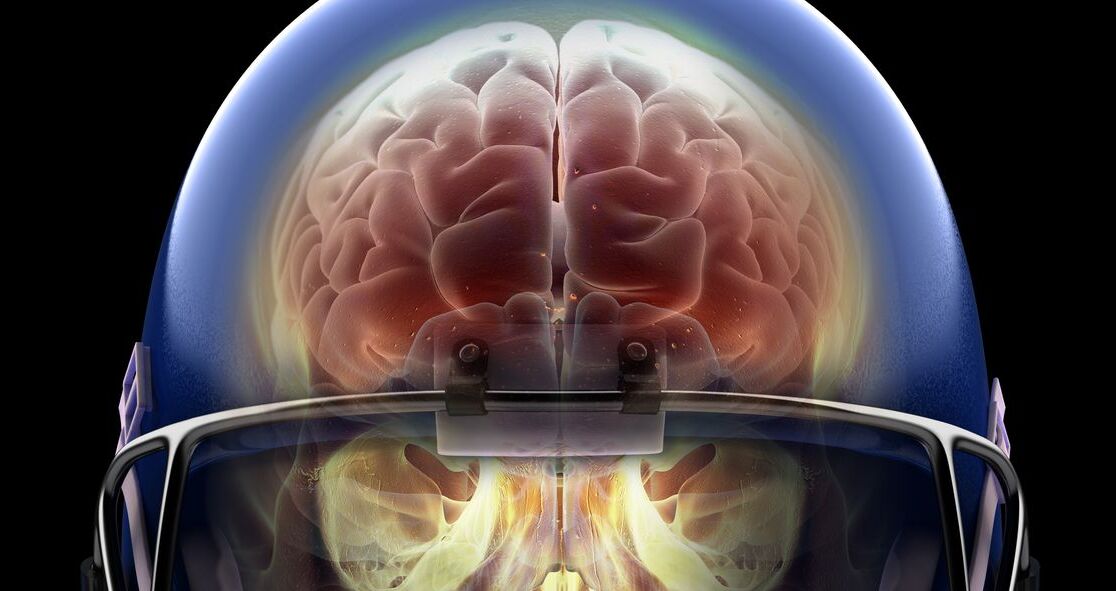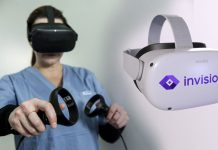New research has found that brain scans of former American football players detected signs of white matter injury, according to The Guardian.
The study’s finding, published in the journal Neurology, is particularly considered significant because until now it has been difficult to detect such damage in the brain until after death.
Researchers suggest that these markers of brain injury could be detected using specialized MRI scans, allowing clinicians to study and diagnose a condition.
Lead author and neuropsychologist Dr. Michael Alosco of Boston University School of Medicine said, “Our results are exciting because they show that white matter [scans] might capture long-term harm to the brain in people who have a history of repetitive head impacts.”
Dr. Alosco explained that further studies would be needed before the scans could be used as a diagnostic tool. The scans would play a key role in illuminating the association between sports and conditions such as dementia.
The study looked at 75 people (67 football players and eight from other sport) who were exposed to repetitive head injuries. They had undergone scans as part of medical assessments. All donated their brains for advanced research after their death.
The researchers noticed white matter hyperintensities – bright spots on images of the brain’s white matter that connects neurons. They found that these white matter hyperintensities were correlated with evidence of small vessel disease and other indicators of damage to the brain’s white matter in postmortem investigations, per The Guardian.
The white matter hyperintensities were also a link to the accumulation of tau protein in the brain, one of the biomarkers for the neurodegenerative disease called Alzheimer’s.
Dr. Alosco said that white matter tracts could be particularly vulnerable to injury during high-impact sports, adding, “Perhaps as they get older these [injuries] persist or get worse with age.”
Dr. Michael Grey of the University of East Anglia said this kind of scan could be used widely as a diagnostic tool.
He said, “It’s an important advance, there’s no doubt about that. Pathology alone is not going to solve this issue.”






















